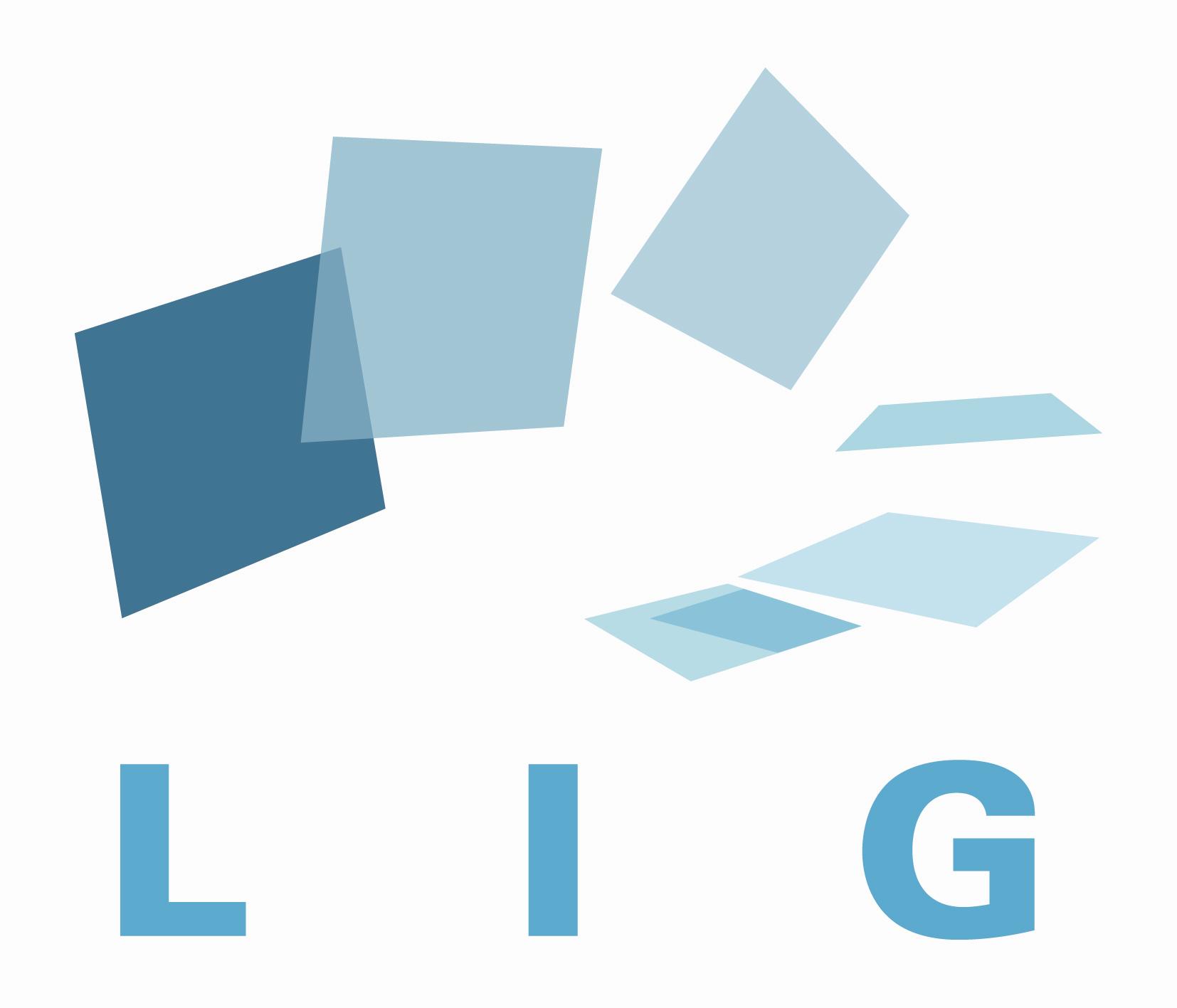L'équipe-projet E-MOTION a pour ambition de développer des modèles et des méthodes algorithmiques permettant à terme de construire des systèmes artificiels dotés de capacités de perception, de décision, et d'action suffisamment évoluées et robustes pour autoriser un fonctionnement de ces systèmes:
- dans des environnements ouverts (i.e. partiellement connus),
- à forte dynamicité (i.e. où le temps et la dynamique jouent un rôle essentiel),
- et conduisant à des interactions variées avec l'homme.
Pour atteindre cet objectif, nous proposons de combiner les avantages respectifs de la géométrie algorithmique, des probabilités, et dans certains cas de l'inspiration biologique (en travaillant pour cela avec des neuro-physiologistes). Les principaux domaines d'application visés par cette problématique de recherche sont ceux qui cherchent à introduire des systèmes robotisés évolués et sécurisés dans notre espace de vie (voiture et systèmes de transport futurs, robotique de service ou encore d'intervention).
Les recherches de l’équipe-projet E-MOTION sont organisées selon trois axes :
- Modélisation multi-modale et incrémentale de l'espace et du mouvement (construction en continu et cohabitation de modèles de natures différentes)
- Planification de mouvements dans le monde physique (techniques permettant de raisonner sur des représentations appropriées de l'espace-temps, ce qui permet de prendre en compte des contraintes de non collision, de dynamique, et de temps de réaction)
- Inférence probabiliste pour la décision (utilisation du principe de "programmation bayésienne" que nous avons développé, permettant de réaliser de l'apprentissage automatique et des raisonnements basés sur l'inférence probabiliste).
Mots clés :
- Systèmes Interactifs et Cognitifs
- Logiciel, Connaissance, Interaction
- Intelligence Artificielle, Raisonnement et inférence, Connaissances, Modèles cognitifs, Apprentissage humain
- Modèles, Informatique théorique, Interface mathématique et informatique
- Découvertes et composition de données, Interrogation de données, Traitement des données issues de capteurs, Recherche d’information, Fouille de données
- Décision et action, Interface avec des mondes virtuels, Machine intelligente et robotique, Perception artificielle, Reconnaissance de formes
- Langage de programmation, Ingénierie dirigée par les modèles, Environnement de programmation
Site web du LIG

